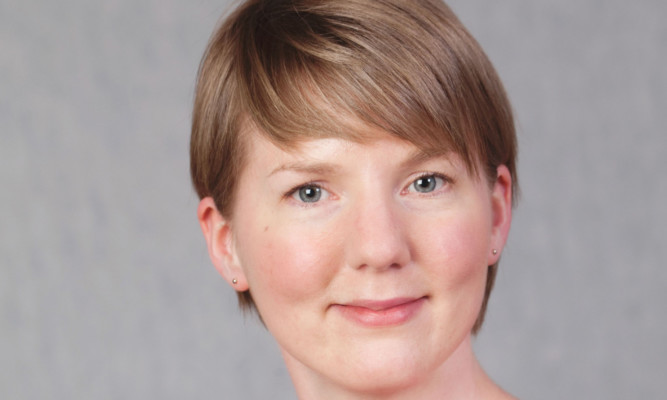The spotlight falls on tax implications of Christmas functions
Q I am an employer and have organised a Christmas function for my employees. Will there be any additional tax to pay on the costs?
A An employer can pay up to £150 per head, including VAT, each tax year for the provision of an annual function such as a Christmas party with no liability to income tax arising on the employee.
The party must be available to all employees, and the £150 limit applies to all those attending.
An example would be where the employer holds an annual Christmas party for employees and their partners and the total cost of the function is £140 per head.
The £140 per head is below the £150 limit and, as long as there are no other annual functions, no liability to income tax arises.
The partner of an employee is entitled to his/her own £150 limit.
Q What happens if there is more than one annual function?
A When an employer holds more than one function in a tax year, the cost per head for each function must be totalled.
If the total cost per head for all functions is greater than £150, only the functions that do not exceed £150 will be free of income tax and the functions exceeding £150 will be subject to income tax on the employee.
For example:
An employer holds a Christmas party which costs £100 per head and he holds an annual summer function which costs £60 per head and another annual party which costs £40 per head.
The total of all three functions together is £200, which exceeds £150.
However, two of the functions together are less than the £150 limit and will not be subject to income tax (ie £100+£40=£140) and it will only be the summer function at £60 per head that will be subject to income tax.
Q Is there anything I can do as an employer so that the employees don’t suffer tax on functions provided to them?
A Yes, as an employer you have the option to enter into a PAYE settlement agreement (PSA) with HMRC where you agree to meet the tax payable on certain expenses and benefits in kind that you give to your employees.
You will make a single annual payment in October following the end of the tax year. The payment will cover tax and national insurance contributions (NIC) on certain expenses and benefits in kind that you give to your employees.
Items included in a PSA are not shown on form P11Ds, and employees are not subject to tax or NIC on them.
Q How do I apply for a PSA?
A You can apply for a PSA in writing to your HMRC office.
You should explain that you would like to apply for a PSA, and describe the expenses and benefits in kind to which you would like the PSA to apply.
Q Is there a deadline for applying for a PSA?
A A PSA can be applied for at any time, but the timing of the agreement will affect the items that can be covered.
If a PSA is agreed before the start of the tax year you do not need to operate PAYE on any items that are included in the PSA or account for NIC which would otherwise be due.
If a PSA is agreed during the tax year, you cannot include items which were provided prior to the date of the agreement where PAYE should have been operated on them or the items have been reflected in the employee’s tax code.
Q What if I miss the deadline for applying?
A If you have not included expenses in a PSA agreed by July 6 and they have not been recorded on form P9D or P11D or have had PAYE/NIC operated on them, you may incur penalties and interest. In this situation HMRC should be contacted as soon as possible.
Q Do I need to reapply each year for a PSA?
A The application for a new PSA needs to be made every tax year as they are annual agreements.
Where there are no changes since your last PSA was agreed then all you are required to do is sign a new PSA in the same format as before.
Q Other than annual functions, what other expenses can a PSA cover?
A A PSA can only be given where the benefits fall within one of three categories:
* Minor items such as incidental travel costs and a small gift to an employee.
* Irregular items such as relocation expenses in excess of £8,000.
* Items where it is impractical to operate PAYE or determine a value to include on a form P11D, such as a benefit that it shared between employees and it is difficult to attribute a value to each employee individually.
Cash payments and round sum allowances cannot be included on a PSA.
Simplification of the administration of employee benefits and expenses:
As announced in the autumn statement, the Government will simplify the administration of employee benefits and expenses.
From next April the Government is to provide a statutory exemption for trivial benefits in kind which cost less than £50.
* Lisa Carr is a tax consultant at Henderson Loggie.
